Practice These 5 Yoga Poses to Avoid Knee Pain and Prevent Injury

The knee joint is known as a “modified hinge joint,” due to its ability to rotate slightly, which all practitioners should try to avoid to prevent knee pain and injury. The joint at the knee is known as the tibio-femoral joint where the femur (thigh bone) meets the tibia (shin bone).
Rotation only occurs when the knee is bent. For example, when practicing the transition between Warrior 1 and Warrior 2 pose, avoid causing knee pain by always keeping your knee stable and rotating at the hip joint (for emphasis . . . don’t rotate at your knee joint!).
Why? There are ligaments in your knee that can tear with too much rotation, which causes knee pain. The knee has four major ligaments, the ACL, PCL, MCL and the LCL that we try to keep intact at all costs to avoid knee pain and any major surgeries or injuries.

Photo credit: ligamys.com
Figure 1 shows a knee joint with the four ligaments that connect the bones together. These are the ligaments you need to protect and never overstretch to prevent knee pain.
Since we rely on the knee so much for movement in yoga and everyday life, it is important to know how to protect this joint by not only rotating at the hip when transitioning between postures, but also making sure your body weight is in the correct place when holding postures.
A common cause of knee pain among yoga practitioners is hyperextension of the knee joint. Those who are hypermobile tend to dump their weight into this joint, and not engage any muscles when the standing leg is straightened.
It’s important to engage your leg muscles to take the pressure off the knee joint.
A rule to remember during any standing posture is when your front leg is bent, shift your body weight to your heel; when your front leg is straight, shift your weight to your big toe. Those who are hypermobile should always keep a slight micro bend in their knee, which allows the muscles to engage and prevents knee pain.

Figure 2 shows how the two bones in the knee joint are connected by ligaments.
Here are 5 yoga poses where it’s especially important to protect your knee joint to prevent knee pain:
1. Virabhadrasana 1 (Warrior 1 pose)
In Warrior 1 Pose, it is important to keep your front knee bent directly over your ankle. By shifting your weight forward into your toes, you are putting your ankle and knee joint at risk. Since your front leg is bent, weight should be distributed to your front heel.

How to get into Warrior 1 Pose safely:
- Align your front knee with the second toe (make sure the knee is not caving inward)
- Bend your front leg to 90 degrees
- Square your hips towards the front of the room
- As you rotate the outer shin, knee and thigh forward, press the outer blade of your back foot firmly into the mat
- Your back foot is at a 45 degree angle, toes facing the corner of your mat
Risk Factors:
Some practitioners tend to lean back in this posture to take some weight out of the front working leg, and when you do this, your lower back is at risk. Try to learn forward to bring engagement into your abs. Your back knee is also at risk if the back leg is not straight.
2. Virabhadrasana 2 (Warrior 2 Pose)
Since the front knee is bent in this posture, weight should be distributed more toward the heel of the front foot. By shifting your weight forward into your front toes, you are putting your ankle and knee joint at risk.

How to get into Warrior 2 Pose safely:
- The front heel is aligned with the inner arch of the back foot
- Align the front knee with the second toe of the front foot
- Make sure your stance is wide enough to keep your front knee over your ankle and your back leg straight (typically about 4 feet)
- Engage the front leg’s glute and keep the back leg straight
Risk Factors:
If your knee is not inline with your second toe, the ligaments in your knee are at risk. Make sure your front knee is not caving in toward the midline. The back leg should be straight to protect the knee. Your lumbar spine is at risk if you arch the lower back – to avoid this, gently tuck your tailbone and keep your abdomen engaged.
Practice 30 of the Most Common, Foundational Yoga Poses With the Learning Yoga Series
You will learn safe alignment, common variations and accessible modifications for 30 foundational yoga poses in the Learning Yoga series on YA Classes. Watch how to access each pose before being guided through it, as you learn the most important details about the pose. This program is good for: beginners ready to dive into the physical asana practice, more experienced practitioners looking for a refresher, and yoga teachers who want to brush up on their knowledge.
3. Trikonasana (Triangle Pose)
Triangle Pose is something that yogis will practice in most yoga classes. Therefore, it is important to know how to safely align and hold this posture.
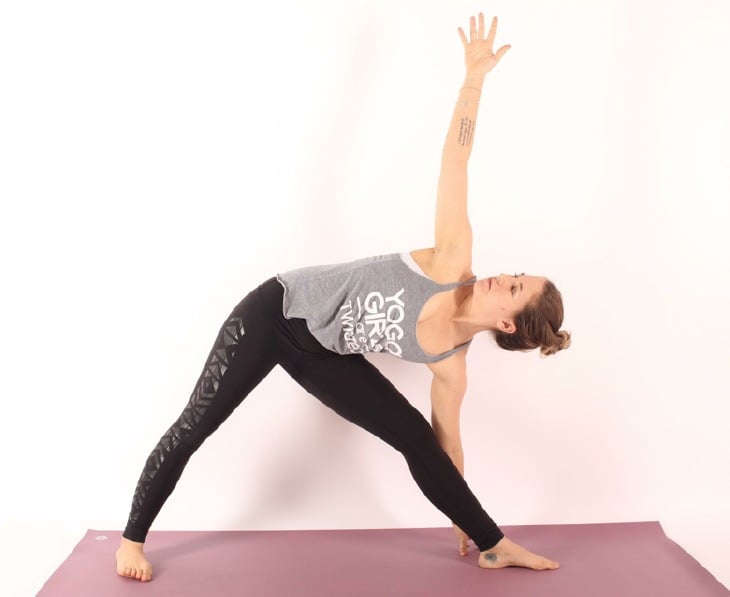
How to get into Triangle Pose safely:
- A good measurement for the leg stance is 3 – 4 feet, based on your height
- Feet are aligned just like Warrior 2: front heel hides the back foot’s inner arch
- The front leg can slightly bend to avoid hyperextension
- The front outer hip wraps down toward the heel of the foot as you press the back leg straight
- Weight should be in your front big toe
Risk Factors:
If your front foot is not facing forward, the ankle is at risk. The front toes should face straight ahead. People tend to collapse on the outer ankle of the front foot, so make sure you are pressing down through your front big toe, which also helps prevent hyperextension in the front knee.
4. Eka Pada Kapotasana (Single Pigeon)
Most practitioners don’t think about their knee joint in Pigeon Pose because there is no pressure on the knee. However, the knee is a common injury in this pose because it is easily forgotten, and the knee tends to rotate when you begin lowering your torso toward the floor.

How to get into Pigeon Pose safely:
- Flex your front foot to engage the muscles around the knee joint
- Front shin is as parallel to the front of the mat as you can get it
- If your back thigh lifts off the mat, put a blanket or block under the thigh bone
Risk Factors:
If your front ankle is not engaged, the ligaments in your knee are at risk. You want to engage the muscles around the knee to protect these ligaments. Your lower back is also at risk if you feel dumping in the lower spine. If your hips are off the mat, put a block or blanket under the straight leg so there is no strain on the hip flexors.
5. Garudasana (Eagle Pose)
Garudasana not only opens up your knee joints; it also activates your ankles, wrists, hips and shoulders. Eagle Pose strengthens the knees since it is impossible to hyperextend in this pose.

How to get into Eagle Pose safely:
- Shift your body weight into the heel of the standing foot, then lift one leg high up and over the other, crossing at knees and again behind the calf
- Cross arms at elbows and again at wrists (or opposite shoulders if wrists are unavailable)
- Square hips towards the front
- Align all joints down the center line of your body (shoulders, wrists, elbows, hips, knees, and ankles)
Risk Factors:
Your ankle is at risk if your front foot is not balanced. You can balance the front foot by pressing down through all four corners.
You always want to protect your knee joints. Tearing a tendon within the knee is a very painful recovery and usually requires surgery. To make sure you are practicing yoga safely, remember that when your front leg is bent in standing poses, shift your weight to your heel. When your front leg is straight, the weight goes into your big toe.
When in Doubt, Add a Microbend to Any Pose to Prevent Knee Pain
Remember that hyperextension is very common, so always put a micro bend in your knee and engage the hamstring and quadricep muscles in your upper thigh.
When you transition from Warrior 1 to Warrior 2, always turn deep within your hip socket and try your best to never rotate your knee left or right.
Finally, remember: the knee is a hinge joint, so it should only go forward and backward. Take care of your body by listening to it, and backing out of a pose when you need to. Yoga is incredibly healing and strengthening for the body, but attention to alignment and safety is crucial in each individual pose.


This Month's Letter
From the Editor
Monthly motivation and food for
thought from our founder.

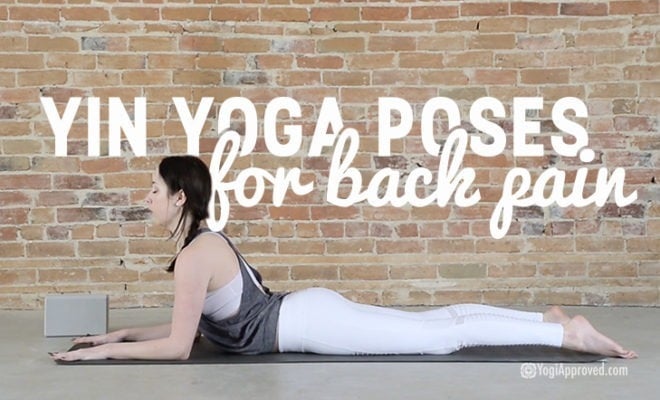
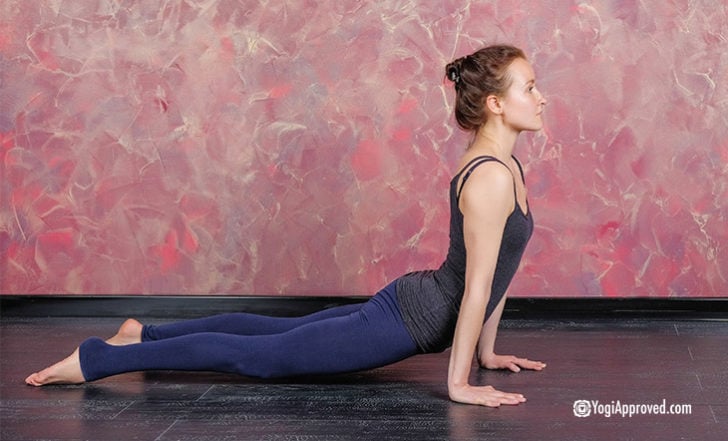

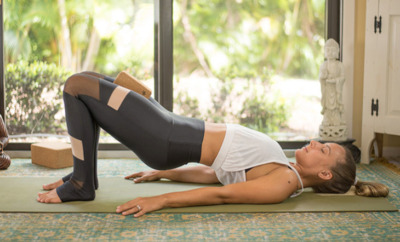
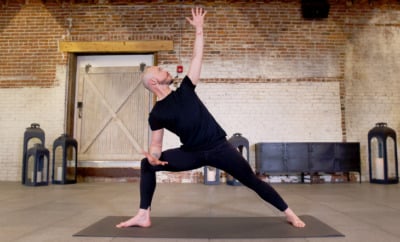


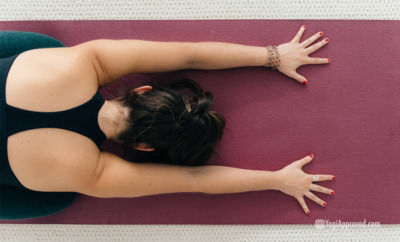



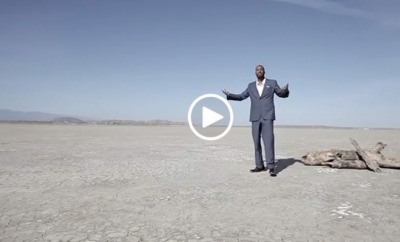


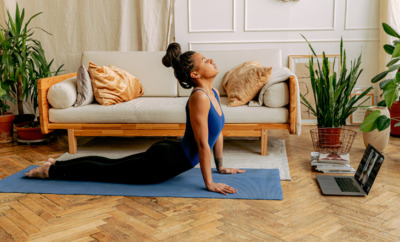








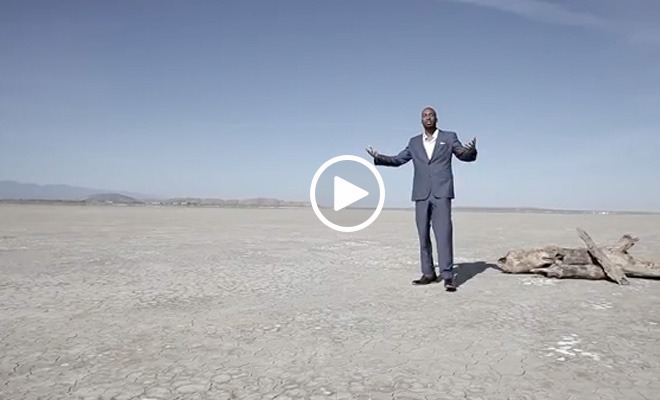





Comments